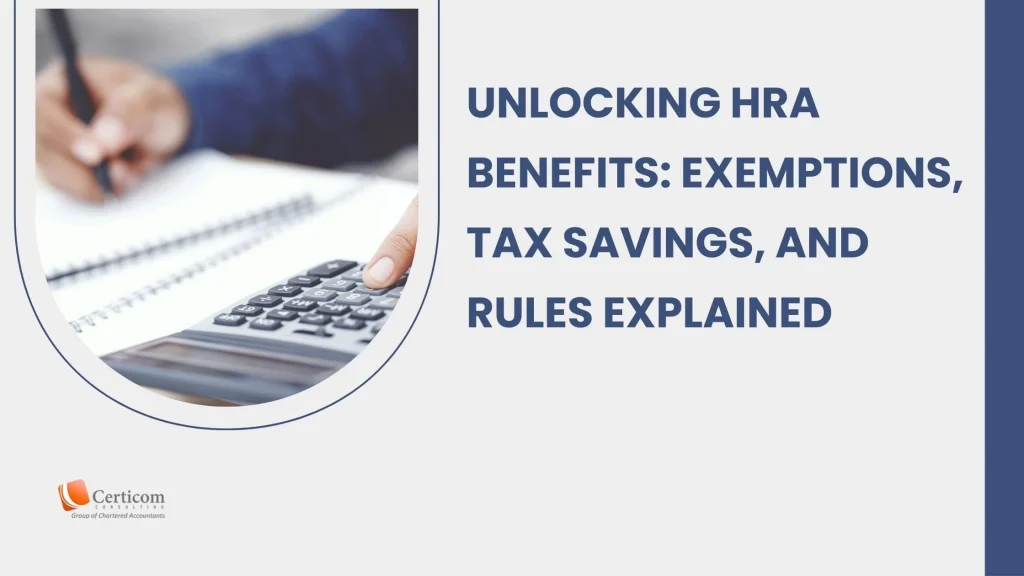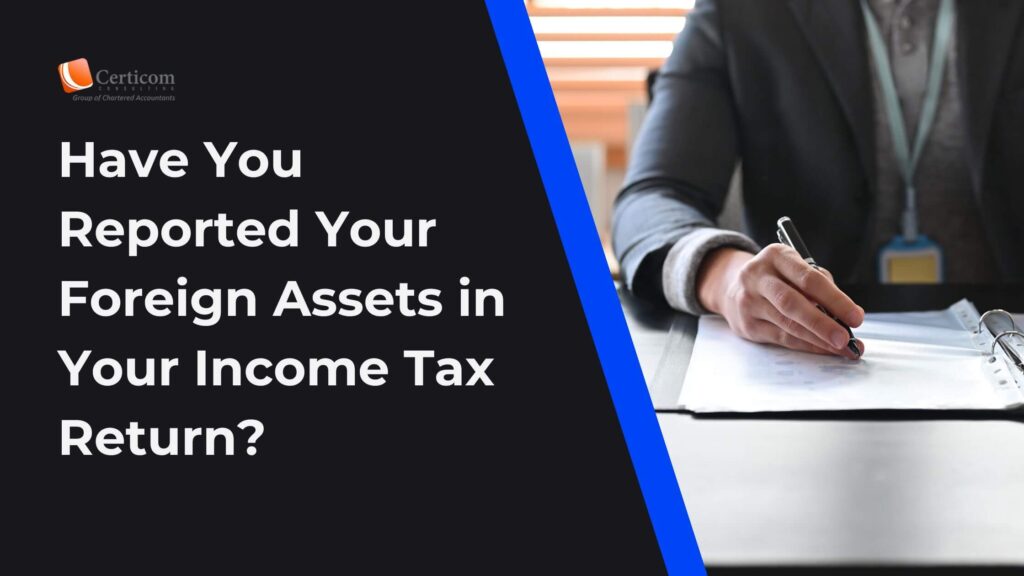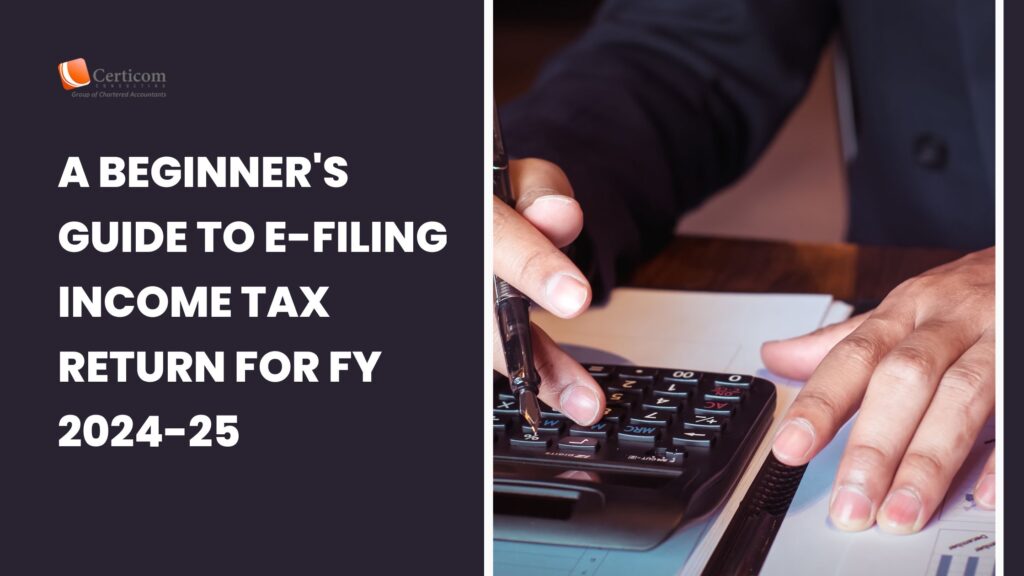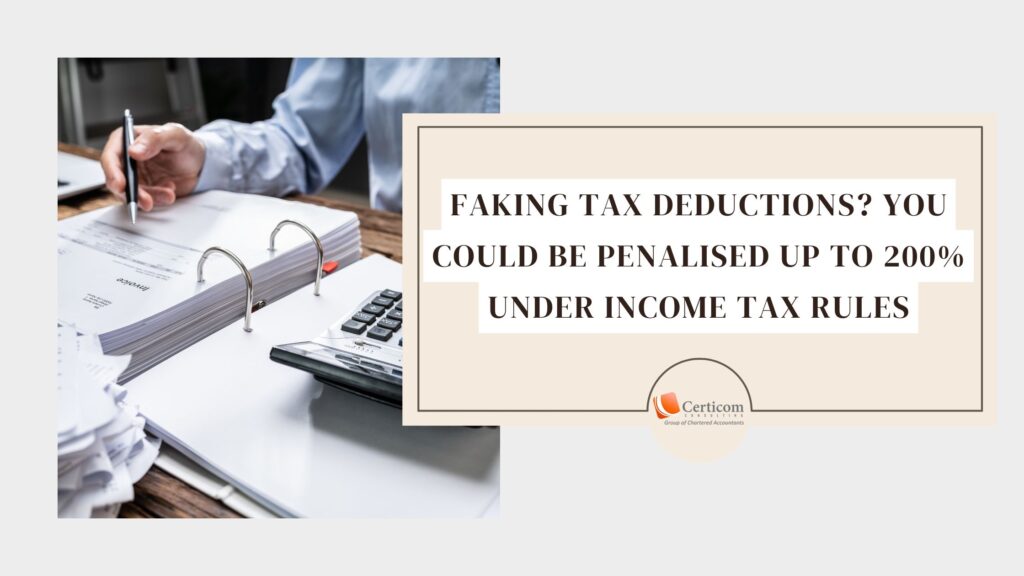Unlocking HRA Benefits: Exemptions, Tax Savings, and Rules Explained

Introduction to House Rent Allowance (HRA)
House Rent Allowance (HRA) is an essential part of a salaried employee’s compensation package in India. It is designed to help employees manage rental housing costs while also providing tax-saving benefits under the Income Tax Act, 1961. Understanding HRA exemptions, tax deductions, and eligibility criteria can help employees maximize their benefits.
HRA: Definition and Importance
HRA is an allowance provided by employers to employees for covering rental expenses. It is particularly valuable in metropolitan cities where rental costs are high. Although HRA is a part of the salary structure, it is not fully taxable. Employees can claim tax exemptions on HRA under specific conditions defined by tax laws.

HRA Exemption Rules Under Income Tax Act
Section 10(13A) of the Income Tax Act, 1961, and Rule 2A of the Income Tax Rules govern HRA exemptions. The exempted amount is calculated as the lowest of the following three amounts:
Actual HRA received: The total HRA provided by the employer in a financial year.
Rent paid minus 10% of salary: The excess rent paid over 10% of the basic salary.
50% or 40% of salary: Employees in metro cities (Delhi, Mumbai, Kolkata, and Chennai) can claim up to 50% of their basic salary, while those in non-metro cities can claim up to 40%.
Example Calculation:
Basic salary: ₹50,000 per month
Rent paid: ₹30,000 per month (Metro city)
Actual HRA received: ₹20,000 per month
Exempted HRA Calculation:
Actual HRA received: ₹2,40,000 annually
Rent paid minus 10% of salary: ₹3,00,000 annually
50% of basic salary: ₹3,00,000 annually
Exempted HRA: ₹2,40,000 (least of the three values)
Eligibility Criteria for Claiming HRA Exemption
To qualify for HRA exemption, employees must fulfill the following conditions:
Payment of Rent is Essential: The employee must be paying rent for residential accommodation. Those residing in their own house cannot claim HRA.
Submission of Rent Receipts: Employees must provide rent receipts or a rental agreement as proof of rent payment.
PAN Requirement for Landlords: If annual rent exceeds ₹1,00,000, the landlord’s PAN must be submitted to the employer. If unavailable, a written declaration from the landlord is necessary.
Single Property Claim: HRA can be claimed for only one rented property at a time, even if multiple accommodations are rented.
HRA Benefits for Self-Employed Individuals
Self-employed individuals are not eligible for HRA under Section 10(13A). However, they can claim deductions under Section 80GG, provided they:
Do not receive HRA benefits.
Do not own a house in the same city where they reside.
The deduction under Section 80GG is the lowest of:
₹5,000 per month.
25% of total income (excluding capital gains).
Rent paid minus 10% of total income.
Tax Advantages of HRA
HRA provides multiple tax benefits, making it a vital part of salary structuring:
Reduces Taxable Income: A portion of HRA is tax-exempt, lowering overall tax liability.
Easy to Claim: Exemption can be claimed by submitting simple documents like rent receipts and agreements.
Encourages Savings: By reducing tax liability, employees can allocate more funds toward savings and investments.
Regulations and Compliance for HRA
To ensure compliance with tax laws, employees must adhere to the following regulations:
HRA as a Separate Salary Component: HRA is listed independently in salary slips, separate from the basic salary.
Mandatory Documentation: Employees need to submit rent receipts, rental agreements, and the landlord’s PAN if applicable.
HRA for Shared Accommodation: If employees share a rented house, each individual can claim HRA based on their share of rent, provided valid documentation is available.
HRA and Home Loans: Employees with home loans can claim both HRA exemption and tax benefits on home loan interest and principal repayment. However, they must justify why their owned house is not being used.

Common Misconceptions About HRA
Owning a House Prevents HRA Claims: Employees can still claim HRA if they rent a house in a different city than their owned property.
Full Rent is Covered by HRA: HRA exemption is subject to specific rules and may not always cover the entire rent amount.
No Need for a Rent Agreement: A valid rent agreement is crucial, especially during tax audits or scrutiny by the Income Tax Department.
House Rent Allowance (HRA) is a crucial financial component for salaried employees in India. Understanding the exemption criteria, maintaining proper documentation, and complying with tax regulations can help employees optimize their tax savings. Employers can also design salary structures effectively to include HRA, ensuring both compliance and enhanced employee benefits. As urban rental costs continue to rise, HRA remains an essential financial relief mechanism, benefiting employees through significant tax savings.
Related Post
A Beginner’s Guide to E-Filing Income Tax Return for FY 2024-25
Faking Tax Deductions? You Could Be Penalised Up To 200% Under Income Tax Rules
Book A One To One Consultation Now For FREE
How can we help? *




